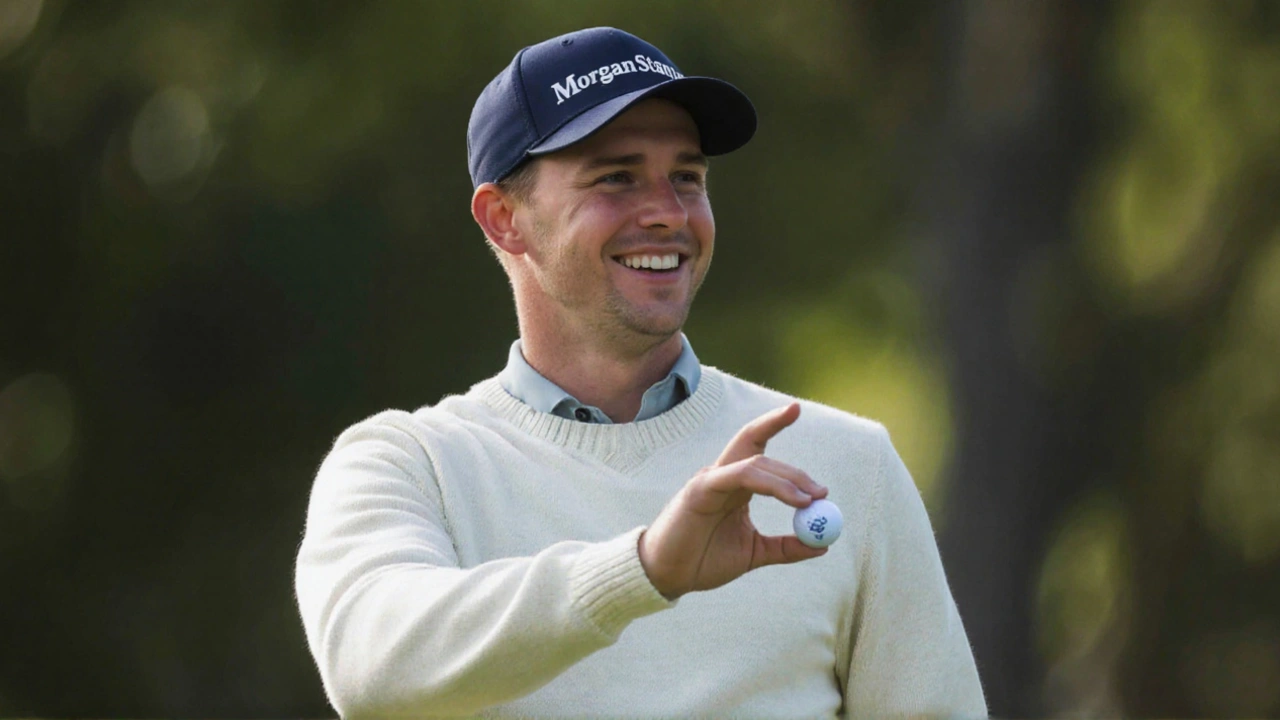Team Dynamics in Soccer: Building Winning Cohesion
When talking about team dynamics, the way players interact, trust each other and execute tactics together. Also known as team chemistry, it’s the glue that turns a group of talent into a real contender. Communication, clear, quick exchanges on the pitch forms the first strand of that glue, while Leadership, the guidance from captains and coaches provides direction. Finally, Player roles, defined responsibilities for each position give structure. Together they create the basic formula: team dynamics = communication + leadership + role clarity. This relationship shows why a side that talks well, follows a leader and knows who does what often outperforms a more individually skilled but chaotic squad.
Key Ingredients That Shape Squad Unity
Beyond the three pillars above, team dynamics thrives on cohesion and morale. Cohesion is the feeling that every pass, tackle and run belongs to a shared purpose; it’s built through repeated training drills, off‑field activities and trust‑building games. Morale, the emotional fuel, spikes when players see their efforts rewarded—whether that’s a clean sheet, a goal, or simply a pat on the back from the coach. Tactics act as the roadmap, but without the crew’s belief in the plan, the route never gets taken. In practice, a defender who trusts the full‑back’s overlapping runs will hold his line longer, and a striker who feels supported will press higher, creating a feedback loop that raises both morale and performance.
Putting these ideas into action doesn’t require a fancy playbook. Start each training session with a quick huddle where the coach outlines the day’s focus—be it defensive shape or attacking patterns. Follow up with small‑group drills that force players to rely on each other, like one‑touch rondos that emphasize rapid communication and positioning. After drills, hold a short debrief where individuals can give and receive constructive feedback; this reinforces role clarity and shows that leadership values every voice. Lastly, celebrate small wins—an extra tackle, a completed pass sequence—so the squad’s morale stays high and the group’s cohesion strengthens over time.
The posts you’re about to explore dive deeper into each of these components. Some break down how to improve on‑field communication, others share stories of leadership that turned seasons around, and a few look at real‑world examples of role flexibility in modern football. By the end, you’ll have a toolbox of ideas to sharpen your own team’s dynamics, whether you’re coaching a youth side, managing a semi‑pro squad, or just analyzing your favorite club’s performance.
Justin Rose Says U.S. Ryder Cup Team Is Trying Too Hard to Be a Team
Posted by Zander Callaghan with 0 comment(s)
European star Justin Rose has warned that the United States is over‑engineering its Ryder Cup approach, trying too hard to create a "team" feel. He points to recent pairings and practice sessions as evidence of forced chemistry. Rose’s comments come ahead of the upcoming biennial competition and spark debate about how much unity should be manufactured versus organic. The British‑American veteran suggests a balance of individual confidence and collective spirit is key. Fans and analysts are now dissecting whether the U.S. will adjust its strategy.
view more